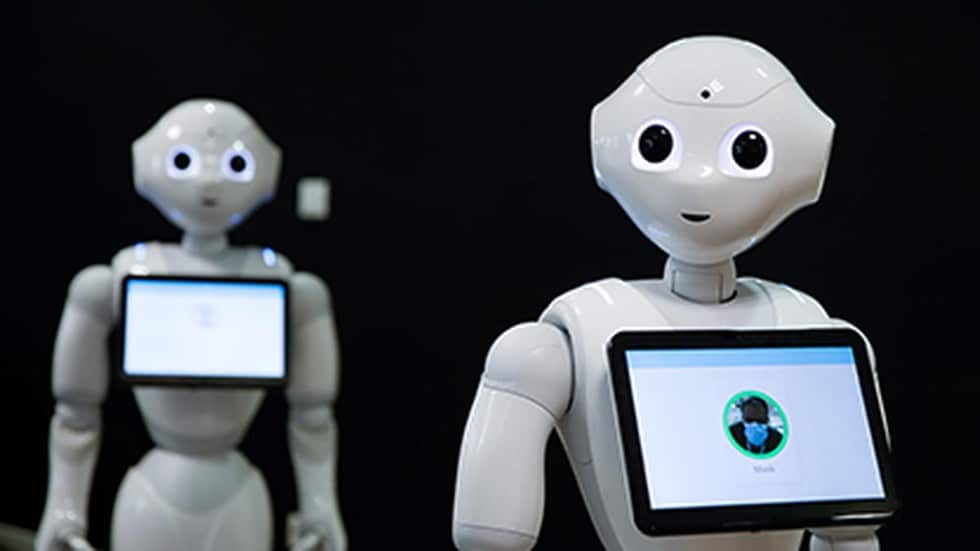What are Gelbots?
Gelbots are made out of gelatin, capable of moving without requiring an extra power source because of the way their shape, dimensions and patterning of gel are designed and are reportedly a significant advance in the world of soft robotics.
- They are created by 3D printing and would be easy for mass production.
What is the Principle?
- The gels swell or shrink in response to temperature.
- This property can be strategically manipulated to move robots forward and backwards on flat surfaces or to have them crawl in certain directions with an undulating, wave-like motion.
What are the Potential application areas?
- They can be used to create smart structures.
- Even they can be used for moving on surfaces through the human body to deliver targeted medicines.
- They could also be deployed as marine robots, patrolling and monitoring the ocean’s surface.
- Gelbots can be trained to crawl in response to variations in human biomarkers and biochemical.
Q1) What are the different types of robots?
The six most common types of robots are autonomous mobile robots (AMRs), automated guided vehicles (AGVs), articulated robots, humanoids, cobots, and hybrids.
Last updated on June, 2025
→ UPSC Notification 2025 was released on 22nd January 2025.
→ UPSC Prelims Result 2025 is out now for the CSE held on 25 May 2025.
→ UPSC Prelims Question Paper 2025 and Unofficial Prelims Answer Key 2025 are available now.
→ UPSC Calendar 2026 is released on 15th May, 2025.
→ The UPSC Vacancy 2025 were released 1129, out of which 979 were for UPSC CSE and remaining 150 are for UPSC IFoS.
→ UPSC Mains 2025 will be conducted on 22nd August 2025.
→ UPSC Prelims 2026 will be conducted on 24th May, 2026 & UPSC Mains 2026 will be conducted on 21st August 2026.
→ The UPSC Selection Process is of 3 stages-Prelims, Mains and Interview.
→ UPSC Result 2024 is released with latest UPSC Marksheet 2024. Check Now!
→ UPSC Toppers List 2024 is released now. Shakti Dubey is UPSC AIR 1 2024 Topper.
→ Also check Best IAS Coaching in Delhi
























